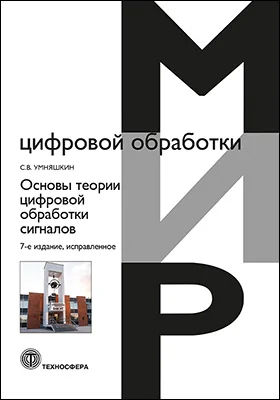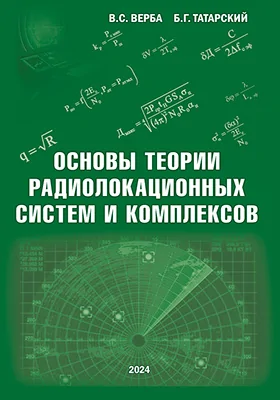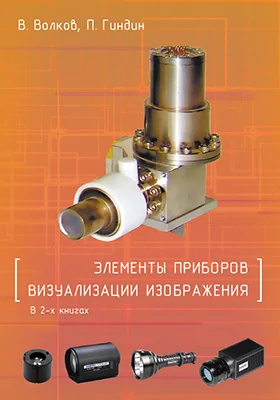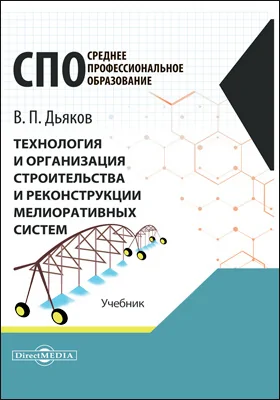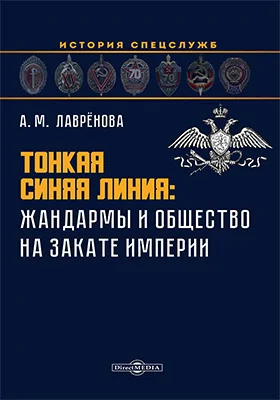
Engineering Drawing = Инженерная графика
Здесь можно купить книгу "Engineering Drawing = Инженерная графика" в печатном или электронном виде. Также, Вы можете прочесть аннотацию, цитаты и содержание, ознакомиться и оставить отзывы (комментарии) об этой книге.
Автор: Андрей Брацихин, Мария Шпак, Сергей Красса
Форматы: PDF
Издательство: Северо-Кавказский Федеральный университет (СКФУ)
Год: 2015
Место издания: Ставрополь
ISBN: 978-5-9296-0768-4
Страниц: 104
Артикул: 21609
Краткая аннотация книги "Engineering Drawing"
Textbook is generated according to the requirements of Federal State Standard for Higher Education for Bachelor’s Degree students. Established on meeting of Mechanical Engineering and Technological Equipment Depart-ment (Minute №3 at the 30th of March, 2015) for students taught the program 21.03.01 - Oil and Gas Engineering, and 08.03.01 – Civil Engineering.
Содержание книги "Engineering Drawing : учебное пособие (курс лекций)"
1. BASIC RULES OF MAKING DRAWING
1.1. Introduction
1.2. Drawing equipment and tools
1.3. Lettering
1.4. Lines on drawing
1.5. Scales
Questions
2. SECTIONS AND OTHER CONVENTIONS
2.1. Introduction
2.2. Hatching of the section areas
2.3. Section view
2.4. Sections
2.5. Views of the object
2.6. Making an inclined section view or section
2.7. Removed Elements on a Larger Scale
2.8. Additional requirements
Questions
3. CONVENTIONAL REPRESENTATION OF THE OBJECT’S ELEMENTS
3.1. Introduction
3.2. Threaded elements
3.3. Representation of Springs on Technical Drawings
3.4. Conventional representation of gears on technical drawings
3.5. Conventional representation of splined connection on technical drawings
Questions
4. DIMENSIONING ON TECHNICAL DRAWING
4.1. Introduction
4.2. General principles
4.3. Methods of dimensioning
4.4. Indication dimension values on drawing
4.5. Radius, diameter and square dimensioning
4.6. Special indication
4.7. Indication of levels
Questions
5. INDICATION OF TOLERANCES ON TECHNICAL DRAWING
5.1. Introduction
5.2. Indication of the tolerance and fit
Questions
6. INDICATION OF SURFACE ROUGHNESS ON TECHNICAL DRAWING
6.1. Introduction
6.2. Indication of surface roughness
Questions
7. INDICATION OF GEOMETRICAL TOLERANCE ON TECHNICAL DRAWING
7.1. Introduction
7.2. Indication of the geometrical tolerances
7.3. Indication of datum on technical drawing
Questions
8. REPRESENTATION OF WELDS ON TECHNICAL DRAWING
8.1. Introduction
8.2. Indication of the welds
Questions
9. AXONOMETRIC PROJECTIONS
9.1. Introduction
9.2. Isometric projection
9.3. Diametric projection
9.4. Oblique frontal diametric projection
9.5. Hatching of the axonometric projections
Questions
10. BLENDING OF LINES AND CURVES
GLOSSARY
LIST OF REFERENCE LINKS
Все отзывы о книге Engineering Drawing : учебное пособие (курс лекций)
Отрывок из книги Engineering Drawing : учебное пособие (курс лекций)
- 28 - Figure 2.20. Designation of views The most informative view of an object must be used as the front or principal view. Gener-ally, this view shows the part in the functioning position. Parts which can be used in any position should preferably be drawn in the main position of manufacturing or mounting. When other views (including section views and sections) are needed, these must be selected according to the following principles: – to limit the number of views, section views and sections to the minimum necessary and sufficient to fully delineate the object without ambiguity; – to avoid the need for hidden outlines and edges; – to avoid unnecessary repetition of detail. Special views are used when a direction of viewing different (not parallel to the coordinate planes) from those shown in Figure 2.19 or a view cannot be placed in its correct position using the described methods, reference arrows must be used for the relevant view (Figure 2.20). Whatever the direction of viewing, the capital letters referencing the views must always be positioned normal to the direction of reading. Partial views may be used where complete views would not improve the information to be given. The partial view must be cut off by a continuous thin freehand line or straight lines with zigzags (Figure 2.20). 2.6. Making an inclined section view or section Drawing of inclined section view or section may be complicated if the part has a complex shape of the features or some of the interior elements which pass from one shape into another. The main principles of the complex section view or section making are based on the meth-ods described in Descriptive Geometry course (Figure 2.21). Some basic points are determined which indicate the places of cutting plane and primitive features of a part intersection (points 1…7, Figure 2.21). Some additional points are needed to draw a shape of the section view in the places where cutting plane and internal holes intersecting ...
Брацихин А. А. другие книги автора
С книгой "Engineering Drawing" читают
Внимание!
При обнаружении неточностей или ошибок в описании книги "Engineering Drawing = Инженерная графика (автор Андрей Брацихин, Мария Шпак, Сергей Красса)", просим Вас отправить сообщение на почту help@directmedia.ru. Благодарим!
















